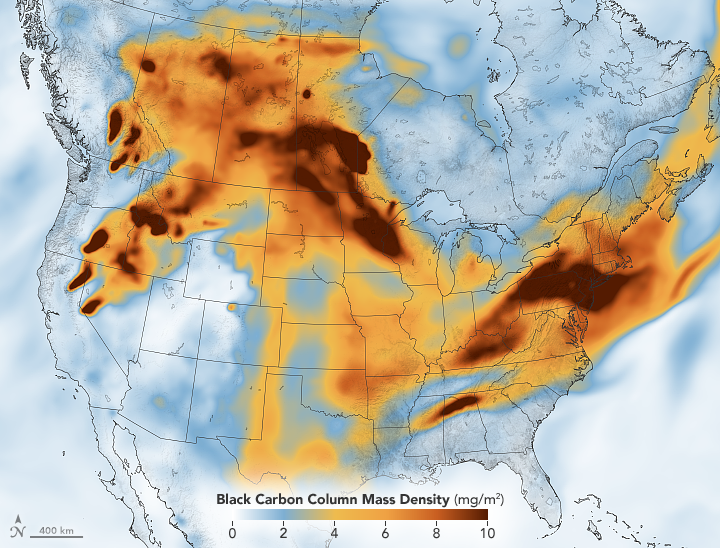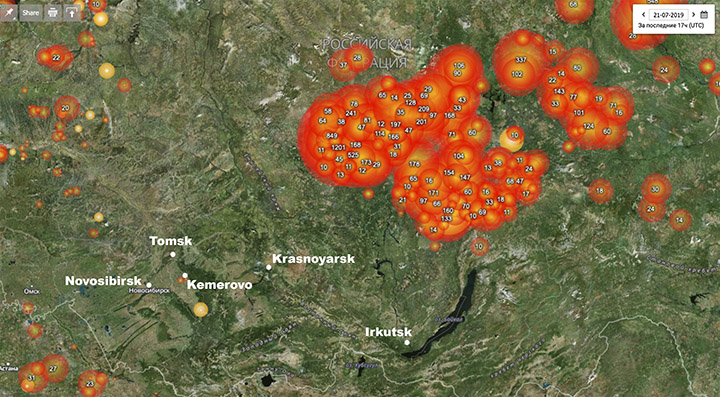Estimated number of animals killed in Australia bushfires rises to more than one billion – “Events like this may well hasten the extinction process for a range of species”
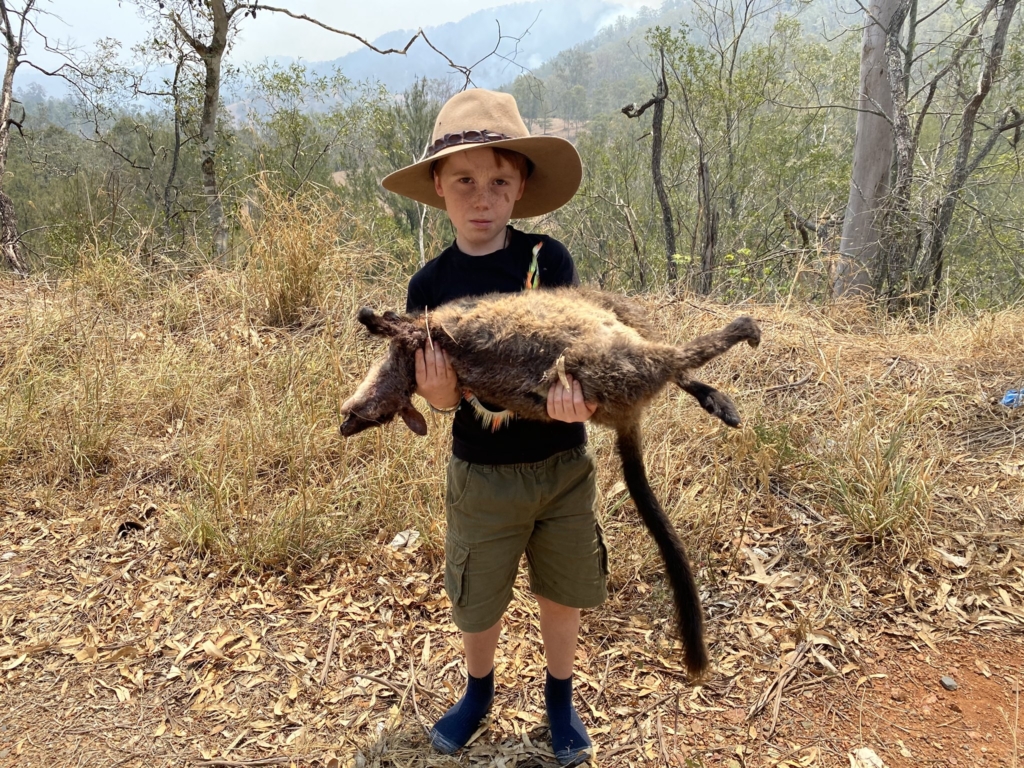
8 January 2020 (University of Sydney) – Professor Chris Dickman has revised his estimate of the number of animals killed in bushfires in NSW to more than 800 million animals, with a national impact of more than one billion animals.
Several weeks ago Professor Dickman, from the University of Sydney’s Faculty of Science, estimated that 480 million animals would be killed by the fires. With the fires having now continued and extended their range he has updated that figure including putting the impact nationally at more than one billion animals.
Speaking to National Public Radio in America Professor Dickman said, “I think there’s nothing quite to compare with the devastation that’s going on over such a large area so quickly. It’s a monstrous event in terms of geography and the number of individual animals affected.”
“We know that Australian biodiversity has been going down over the last several decades, and it’s probably fairly well known that Australia’s got the world’s highest rate of extinction for mammals. It’s events like this that may well hasten the extinction process for a range of other species. So, it’s a very sad time.

“What we’re seeing are the effects of climate change. Sometimes, it’s said that Australia is the canary in the coal mine with the effects of climate change being seen here most severely and earliest. … We’re probably looking at what climate change may look like for other parts of the world in the first stages in Australia at the moment,” said Professor Dickman from the Faculty of Science.
“I think there is a feeling among environmental scientists and ecologists in Australia that we’ve been frozen out of the debate, certainly out of policymaking. I think it’s now time to bring the scientists back into the tent to look at what is likely to be happening over the next few decades and to think about how we can maintain both the human community in good health and as much biodiversity as can be retained under this evolving situation.”
Professor Dickman explains that animals that survive the fires in the first instance by fleeing or going underground will return or re-emerge into areas that don’t have the resources to support them. Others will fall victim to introduced predators such as feral cats and red foxes. Even for those birds or animals able to flee to unaffected areas they will rarely be able to successfully compete with animals already living there and succumb within a short time.
How the figures were calculated
The figures quoted by Professor Dickman are based on a 2007 report for the World Wide Fund for Nature (WWF) on the impacts of land clearing on Australian wildlife in New South Wales.
To calculate the impacts of land clearing on the State’s wildlife, the authors of that report obtained estimates of mammal, bird and reptile population density in NSW and then multiplied the density estimates by the areas of vegetation approved to be cleared.
Estimates of density were obtained from published studies of these animal groups in NSW and from studies carried out in other parts of Australia in similar habitats to those present in NSW.
The authors deliberately employed highly conservative estimates in making their calculations. The true mortality is therefore likely to be substantially higher than those estimated.
“Deeply, deeply troubling, far worse than anything I’ve ever experienced in my life. It’s really quite frightening in an ecological sense.”
Dr. Kate Umbers, biologist at Western Sydney University
The figure includes mammals (excluding bats), birds and reptiles and does not include frogs, insects or other invertebrates. NSW’s wildlife is seriously threatened and under increasing pressure from a range of threats, including land clearing, exotic pests and climate change.
Australia supports a rich and impressive diversity of mammals, with over 300 native species.
Some 34 species and subspecies of native mammals have become extinct in Australia over the last 200 years, the highest rate of loss for any region in the world.
Professor Dickman’s experience
Professor Chris Dickman works in the School of Life and Environmental Sciences and has over 30 years of experience working on the ecology, conservation and management of Australian mammals.
Professor Dickman is a past President of the Australian Mammal Society and of the Royal Zoological Society of NSW, past Chair of the NSW Scientific Committee, and Chair of the Australian Marsupial and Monotreme Specialist Group for the Species Survival Commission of the International Union for Conservation of Nature. He is a Fellow of the Australian Academy of Science.
He has written or edited 16 books and monographs and authored a further 480 journals articles and book chapters.
More than one billion animals killed in Australian bushfires
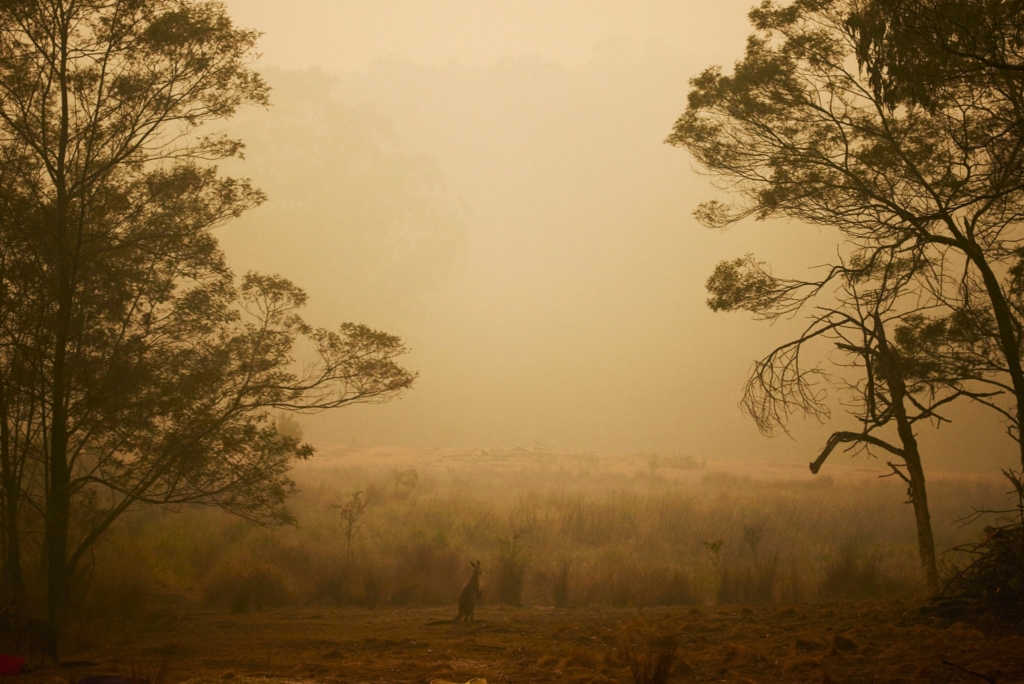
How Many Animals Have Died in Australia’s Wildfires?
By Mihir Zaveri and Emily S. Rueb
11 January 2020
(The New York Times) – Some 25,000 koalas feared dead on an island being consumed by flames. Ten thousand feral camels expected to be shot and killed. And claims that a whopping one billion animals estimated to have perished across Australia.
These are a few of the numbers that have emerged in recent days to capture the toll of the extreme heat and raging fires on Australian animal life. They add to the already staggering scope of the fires, which have killed at least 24 people, destroyed more than 2,000 homes and scorched more than 15 million acres.
The figures tallying the mass death of Australian critters have ricocheted around the internet, causing apprehension and grief.

Experts in biodiversity have expressed alarm at the span of scorched earth in a megadiverse country that harbors between 600,000 to 700,000 species, many which are not found anywhere else in the world.
Kate Umbers, a biologist at Western Sydney University who studies the Australian alpine grasshopper, is especially worried about the fate of the nation’s 250,000 insect species, of which only about one-third have been named.
The current fire season is “deeply, deeply troubling — far worse than anything I’ve ever experienced in my life,” she told The New York Times this week. “It’s really quite frightening in an ecological sense.” […]
Have more than a billion animals perished?
It’s a widely shared estimate, but one that has not gone unchallenged.
Recently, Professor Christopher Dickman of the University of Sydney said he calculated that 480 million animals — nearly half a billion — might have been killed in New South Wales, which encompasses Sydney. Headlines soon followed.
As the fires raged on, Professor Dickman revised that estimate this week to more than 800 million killed in New South Wales, adding that he figured more than one billion had died across the country.
“It’s events like this that may well hasten the extinction process for a range of other species,” Professor Dickman said in an interview with NPR. “So, it’s a very sad time.”
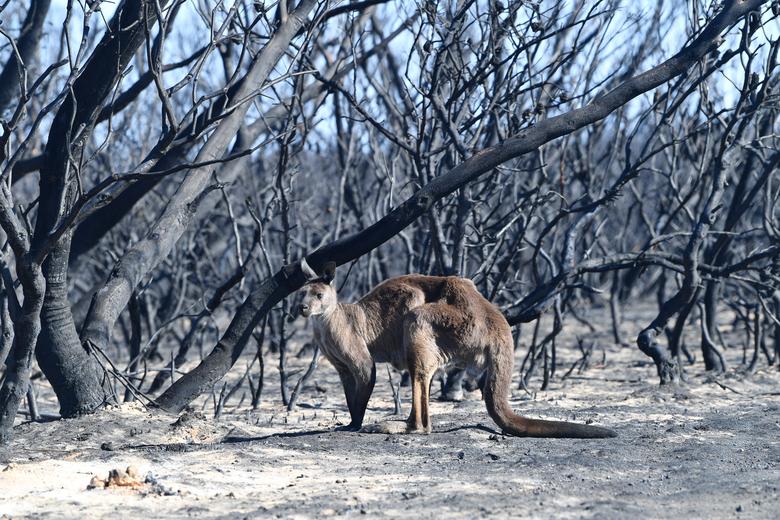
To reach that number, Professor Dickman relied on measures from a 2007 report for the World Wide Fund for Nature about the effect of land clearing on Australian wildlife, the university said.
But other experts have pushed back on the estimates.
Colin Beale, an ecologist from University of York, told the BBC that animals’ survival instincts kick in.
“In the areas of Africa where I work, I am quite sure that very few birds die as a direct result of fire,” he said. “They certainly have the ability to fly away from fires, and this is surely the case in Australia, too.”
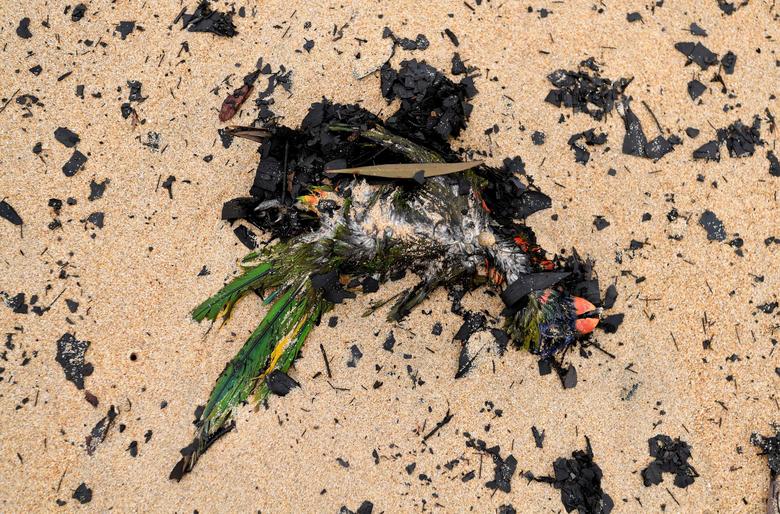
Professor Bradshaw at Flinders University in Adelaide said it was dangerous to share blanket numbers that were not based on evidence.
“We’re not saying the number is wrong — it’s inestimable,” he said. “The media and the public in general are hungry for numbers, and they get into a fuss, but the reality is no one actually knows.”
Animals can and do rebound from such devastation, he added.
“We are constantly surprised how recovery happens quickly after a fire and how many animals survive,” he said. [more]

